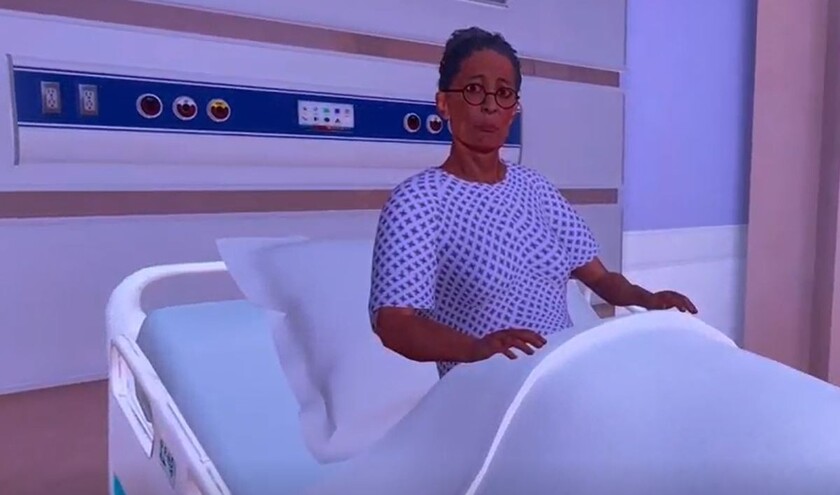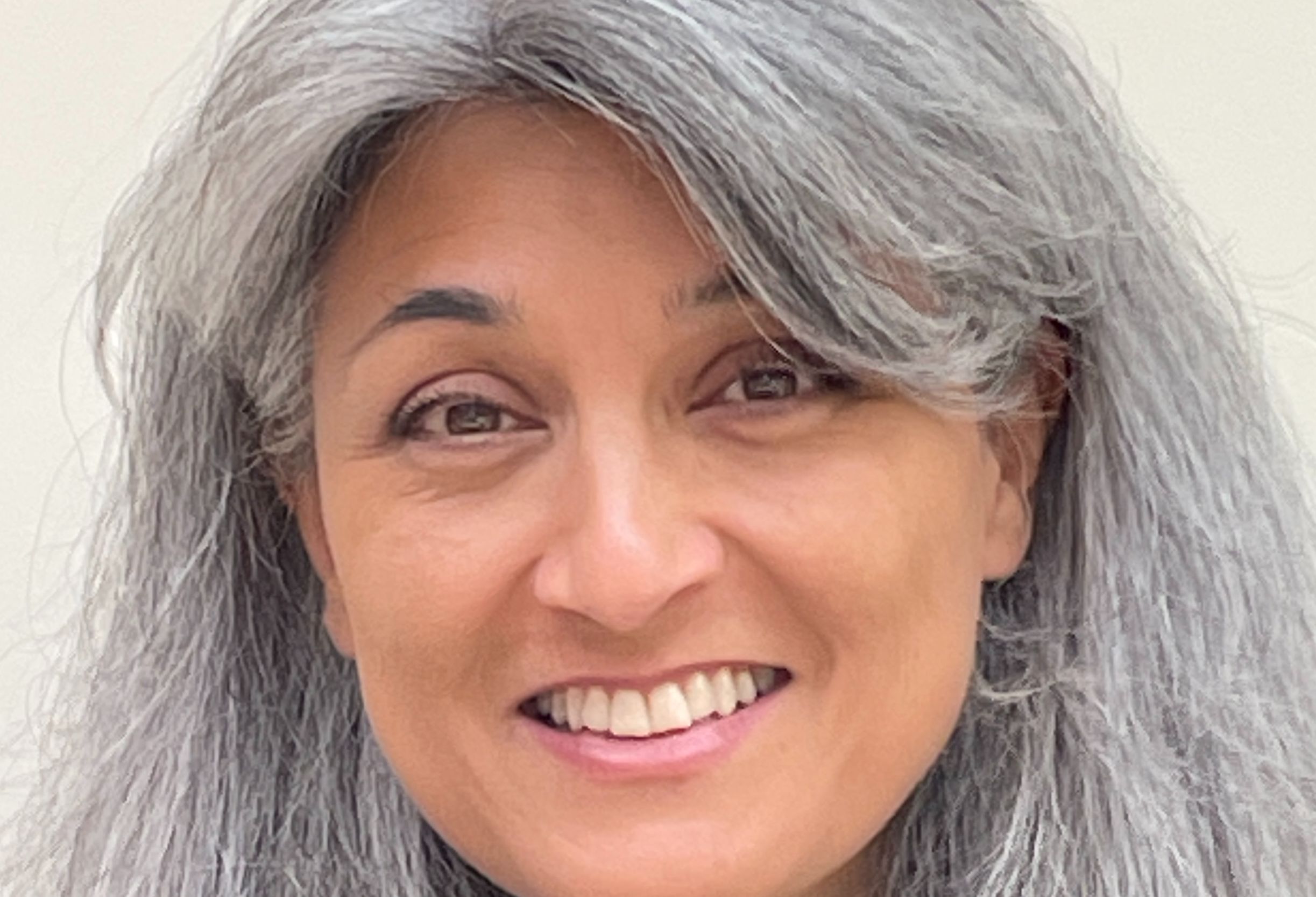The project to bring the AI-generated avatar to life has involved collaboration with more than 20 organisations across England, including universities, hospital trusts, and a patient and public advisory group.
Project lead, PhD student Juliana Samson, has worked alongside academics from the university's Research Centre for Healthcare and Communities and the Research Centre for Postdigital Cultures to further enhance the virtual patient known as ‘Sarah'.
Students can now hold real-time conversations with the fifth version of ‘Sarah', which - thanks to ChatGPT-optimised prompts for PCS Spark's Large Language Model, refined with human input - can deliver personalised responses to specific questions, rather than simply listing symptoms.
Samson said: ‘Sarah's answers are more consistent with the intended history that we want the students to get out of the scenario. She talks in a more natural style of communication that would be more consistent with a person in her lived experience.'
Samson hopes the virtual patient will eventually be part of a suite of education tools to help train students in areas such as occupational therapy and physiotherapy.
She added: ‘When you're having a conversation with her you have the opportunity to ask the questions, repeat the questions and reflect, as the entire conversation comes up on a log. So unlike real life where you get one take, this gives you the opportunity to practise your communication styles and re-run the learning and testing. It's providing a safe space for students to practise without being under the pressure and in the spotlight of clinical practice in a real-life scenario.
‘Students have told us it will help to build their confidence, especially for those who are maybe earlier on in the programme, and they enjoyed the activity. The students had lots of fun with Sarah, and we created a scenario where they had to think about the clinical aspect and clinical reasoning. There's a potential if we could optimise the technology to work particularly with occupational therapy on therapeutic modes of conversation.'



